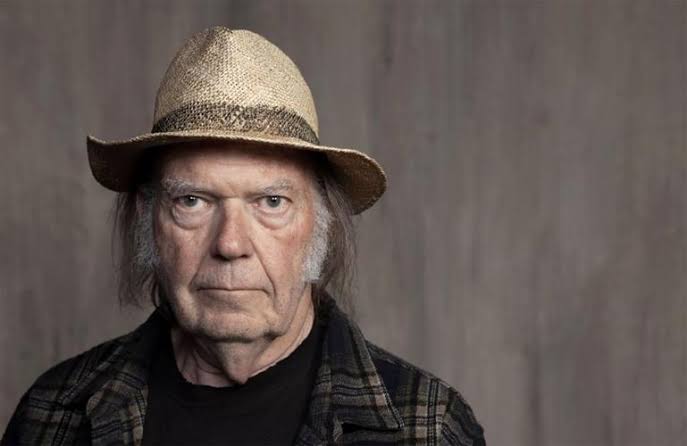In a powerful testament to the legacy of one of music’s most influential figures, a statue of Neil Young has been unveiled in his hometown of Omemee, Ontario. The ceremony, attended by fans, local dignitaries, and fellow musicians, marked a moment of reflection and celebration for an artist whose contributions to rock, folk rock, and country rock have transcended generations. The statue, depicting a young Neil with his signature guitar slung across his shoulder, stands as a permanent tribute to a man whose music and activism shaped an era.
Neil Young’s storied career has spanned over five decades, producing an eclectic body of work that touches on themes of love, war, environmentalism, and personal introspection. From his early days with Buffalo Springfield to his legendary solo projects and collaborations with Crosby, Stills, Nash & Young, Young carved a path few could follow. With songs like Heart of Gold, Old Man, Rockin’ in the Free World, and Harvest Moon, he has not only provided the soundtrack to millions of lives but also influenced countless musicians across genres.
The decision to honor Young with a statue was spearheaded by a grassroots campaign that included local residents, music historians, and fans from around the globe. Sculptor Gillian Matthews, a Canadian artist known for her lifelike bronze works, was chosen to capture Young’s enduring spirit and musical legacy. “Neil’s presence is as much in his music as it is in the stories he’s told through his activism and lyrics,” Matthews said. “I wanted this statue to reflect both the vulnerability and the strength that define him.”
At the unveiling ceremony, tributes poured in from industry giants. Bob Dylan, in a rare public message, described Young as “a torchbearer of truth in song.” Willie Nelson, a longtime friend and collaborator, called the statue “a fitting tribute to a man who’s lived every note he’s played.” The event also featured a live performance of Young’s classics by emerging Canadian artists, symbolizing the ongoing relevance of his music in today’s cultural landscape.
What makes Neil Young’s legacy particularly powerful is his refusal to be confined by commercial trends. Throughout his career, he has taken bold risks—whether in his exploration of distorted electric guitar on albums like Ragged Glory, or his foray into electronic sounds on Trans. His unwavering dedication to authenticity and social commentary has made him a rare figure in an industry often driven by conformity. It’s this fearless innovation that the statue seeks to encapsulate.
Beyond the music, Young’s environmental activism and advocacy for farmers and indigenous rights have further cemented his place as not just a musician, but a moral compass. From organizing the annual Farm Aid concert with fellow artists, to taking public stances on climate change and corporate responsibility, Neil Young has consistently used his platform for meaningful change. His statue, located in a park that also serves as an educational and cultural hub, is expected to become a pilgrimage site for fans and students of music history alike.
As the crowd lingered long after the official ceremony, sharing stories and singing along to impromptu acoustic renditions of his hits, one thing became clear: Neil Young is more than a musician. He is a symbol of resilience, integrity, and timeless creativity. The statue now standing in Omemee is not just a monument—it’s a mirror reflecting how one artist’s voice can echo across the world, touching hearts and inspiring minds for generations to come.




